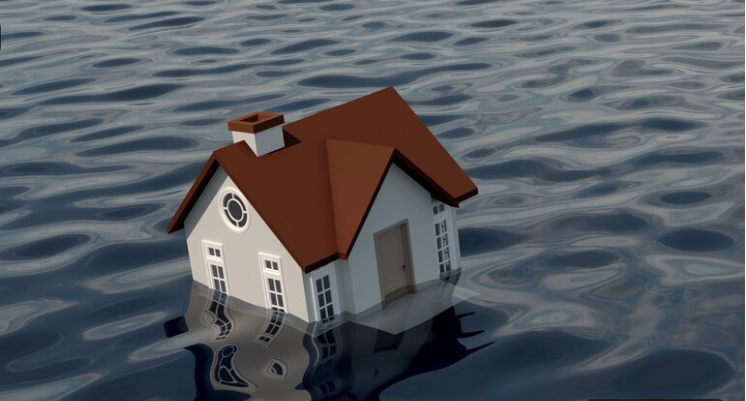Official Definition
Flood damage has a specific insurance definition that determines coverage eligibility. The National Flood Insurance Program defines a flood as "a general and temporary condition of partial or complete inundation of two or more acres of normally dry land area or of two or more properties from overflow of inland or tidal waters, unusual and rapid accumulation or runoff of surface waters from any source, or mudflow." This precise definition establishes the boundary between flood damage (excluded from standard homeowners insurance) and water damage (potentially covered under homeowners policies). The distinction centers on the water's origin—external, ground-level water entering the structure versus water damage originating within or above the building.
Included Damage Types
Several specific water situations qualify as flood damage under insurance definitions. Rising water from heavy rainfall, overflowing rivers, streams, or lakes meets flood criteria when affecting multiple properties. Storm surge from hurricanes or tropical storms constitutes flood damage despite being wind-driven. Mudslides resulting from oversaturated ground conditions typically fall under flood coverage. Groundwater seepage entering through foundation walls following excessive rainfall or snowmelt qualifies as flooding. Surface water entering through doors or windows at ground level due to accumulated runoff is classified as flood damage regardless of depth.
Excluded Water Situations
Several water damage scenarios do not qualify as flood damage despite involving significant water. Roof leaks from rain, even during storms, typically fall under homeowners insurance rather than flood coverage. Plumbing failures, including burst pipes or overflowing appliances, remain excluded from flood definitions. Sewer backups are generally not considered flooding unless directly caused by an external flood condition. Water damage from firefighting efforts receives coverage under fire insurance provisions rather than flood insurance. Gradual seepage occurring over weeks or months typically falls outside both flood and homeowners coverage as maintenance issues.
Damage Assessment Principles
Insurance adjusters apply specific principles when evaluating potential flood damage. The "predominant cause" doctrine examines whether flooding was the primary damage source when multiple factors exist. The water's point of entry significantly impacts classification—ground-level entry generally indicates flooding, while above-ground entry suggests non-flood water damage. Timing relative to weather events provides important context for determining appropriate coverage categories and responsibilities.


